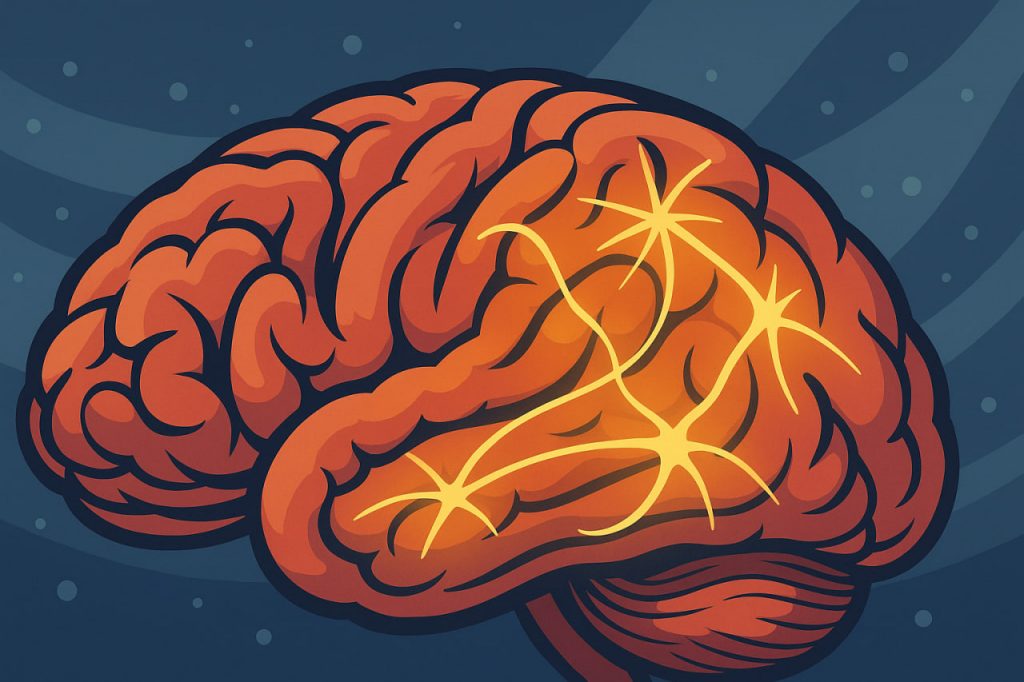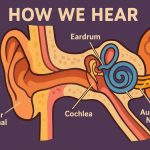The human brain is a masterpiece of evolution—an organ of staggering complexity that defines who we are. At its heart lies the cerebral cortex, the outer layer responsible for consciousness, memory, movement, and personality. Damage or loss of this structure might seem catastrophic, yet the brain’s incredible plasticity—its ability to adapt and reorganize—often allows people to recover, compensate, and lead meaningful lives. The question of whether one can live “fully” after cortical injury touches both the limits of neuroscience and the resilience of the human spirit.
The Role of the Cerebral Cortex
The cortex is divided into several regions, each with specialized functions. The frontal lobe controls reasoning, decision-making, and personality; the parietal lobe manages sensory input and spatial awareness; the temporal lobe processes sound and memory; and the occipital lobe handles vision. Together, they form the seat of human intelligence, emotion, and behavior. Damage to any of these areas can alter perception, memory, language, or movement, depending on which connections are affected.
What Happens When the Cortex Is Damaged
Traumatic brain injuries, strokes, tumors, or oxygen deprivation can all harm cortical tissue. The effects vary widely—from mild memory lapses to paralysis or coma. For example, injury to the Broca’s area in the frontal lobe can cause speech difficulties, while damage to the visual cortex leads to blindness. Yet even severe cases rarely erase all function. Other brain regions, including the subcortical structures and the opposite hemisphere, can often take over some lost abilities—a phenomenon known as neuroplastic compensation.
The Miracle of Brain Plasticity
Neuroplasticity is one of the brain’s most remarkable features. When neurons are destroyed, surviving ones can form new connections, rewiring the brain to bypass damaged areas. Rehabilitation therapy, mental exercises, and even sensory substitution devices (like using sound to navigate instead of sight) harness this power. Children demonstrate especially high levels of plasticity; for example, individuals born without parts of their cortex can still develop language and intelligence close to normal through adaptation of other brain areas.
Living Fully After Cortical Injury
Many people with cortical damage go on to live rich, productive lives. Success often depends on the injury’s extent, location, and the quality of rehabilitation. Patients who relearn motor skills, develop new cognitive strategies, or rely on assistive technology can return to work, relationships, and creative pursuits. Psychological resilience also plays a critical role—acceptance, motivation, and social support often matter as much as medical recovery. In some cases, life after brain injury brings profound personal growth, as individuals find new meaning and appreciation for life.
Advances in Modern Neuroscience
Medicine continues to expand what’s possible for brain injury survivors. Techniques such as functional MRI (fMRI) and transcranial magnetic stimulation (TMS) allow scientists to map brain activity and stimulate dormant regions. Brain-computer interfaces (BCIs) are restoring communication and movement to paralyzed patients by translating neural signals into digital commands. In the future, stem cell therapy and neural implants may even help regrow or replace damaged cortical tissue. These innovations are slowly turning once-irreversible losses into opportunities for regeneration.
Ethical and Philosophical Reflections
Cortical injury raises deep questions about identity and consciousness. If the cortex defines personality and thought, what happens when part of it is gone? Cases of partial recovery reveal that the human self is not fixed in one place but distributed across many neural networks. People who lose certain abilities often retain emotional intelligence, humor, and love—the essence of humanity. This demonstrates that a “full life” is not limited to physical or intellectual perfection but includes emotional depth and connection.
The Power of Human Adaptation
History is filled with examples of extraordinary recovery. Individuals who lost speech learned to communicate through writing or gestures. Musicians who lost movement continued composing through technology. Scientists who suffered cognitive impairments developed new insights into the brain itself. These stories highlight that human potential often transcends biological limitations. While cortical injury may change how a person lives, it does not erase their ability to live meaningfully.
Interesting Facts
- The brain contains about 86 billion neurons, and even partial damage leaves vast capacity for adaptation.
- Some patients with split-brain surgery (severed corpus callosum) function almost normally despite losing communication between hemispheres.
- The right hemisphere can sometimes take over speech and writing tasks if the left is injured early in life.
- The brain consumes about 20% of the body’s energy, making it one of the most metabolically active organs.
- Rehabilitation can continue to produce improvements years after injury, thanks to ongoing neuroplasticity.
Glossary
- Cerebral Cortex – The brain’s outer layer responsible for thought, sensation, and voluntary movement.
- Neuroplasticity – The brain’s ability to reorganize itself by forming new neural connections after injury.
- Broca’s Area – A region in the frontal lobe that controls speech production.
- Subcortical Structures – Brain regions below the cortex that regulate essential functions such as movement and emotion.
- Functional MRI (fMRI) – A brain imaging technique that measures activity through changes in blood flow.
- Transcranial Magnetic Stimulation (TMS) – A noninvasive procedure that uses magnetic fields to stimulate neurons.
- Brain-Computer Interface (BCI) – A system that enables direct communication between the brain and external devices.
- Stem Cell Therapy – The medical use of stem cells to regenerate or repair damaged tissues.
- Cognitive Rehabilitation – Therapy designed to restore or compensate for lost mental functions.


